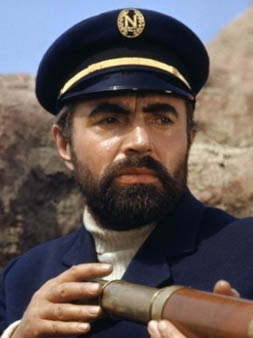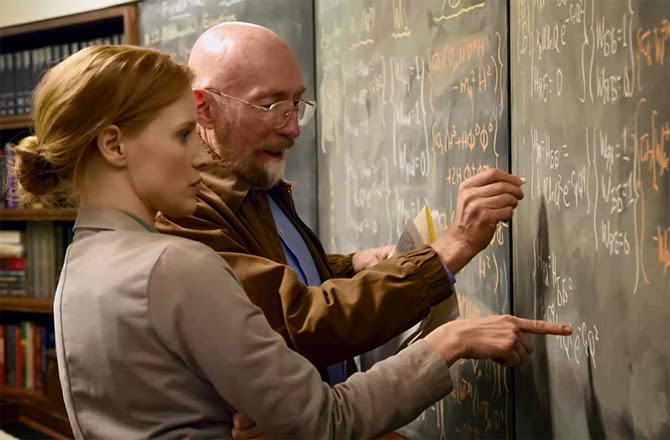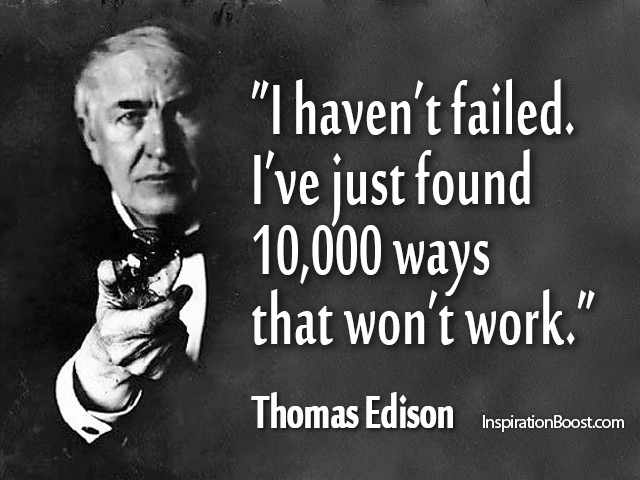by Calvin Johnson
I’m delighted to once again host my friend Calvin Johnson, who earlier gave us insights on Galactica/Caprica, Harry Potter, The Game of Thrones, Star Trek: Into Darkness and The People in the Trees.
*apologies to Arthur C. Clarke and Stanley Kubrick
 Let’s get something out there right away: most science in science fiction is wrong. That’s okay, because most science fiction isn’t actually about science, anyway, but about our relationship with science, exploring how science and technology intersects with our lives. Frankenstein is about the quest for knowledge, no matter the cost. Twenty Thousand Leagues Under the Sea chronicles how one man’s rejection of the violent machinery of war and power leads him to be the ultimate, terrible instrument of that same violence. The movie Gattaca warns us of the dangers of using a single technological lens for measuring humanity.
Let’s get something out there right away: most science in science fiction is wrong. That’s okay, because most science fiction isn’t actually about science, anyway, but about our relationship with science, exploring how science and technology intersects with our lives. Frankenstein is about the quest for knowledge, no matter the cost. Twenty Thousand Leagues Under the Sea chronicles how one man’s rejection of the violent machinery of war and power leads him to be the ultimate, terrible instrument of that same violence. The movie Gattaca warns us of the dangers of using a single technological lens for measuring humanity.
Interstellar had Kip Thorne, a prominent Caltech theorist and expert in gravity, as a scientific advisor. But in the end it was the sci-fi equivalent of Peter Pan: if you clap your hands and believe, everything will turn out all right.
As I’ve written elsewhere, a good narrative should be much a good joke: surprising yet ultimately logical. In the original version of Twenty Thousand Leagues Under the Sea, the Nautilus is trapped in a mighty maelstrom; in the movie version the crew are ambushed by a naval blockade. Both outcomes arise naturally from a central character’s underestimate of the forces arrayed against them: in the book, Nemo underestimates the power of nature; in the movie, Ned Land underestimates the cold brutality and hatred of the military. Both are surprising, but make sense in the context of the story-so-far.
By contrast, the plot of Interstellar basically boils down to this: a magical plague nearly extinguishes humanity. Then more magic saves it.
A blight which wipes out an entire food crop is completely believable, especially given our increasing tendency to monoculture. We’ve even seen that in bananas: most bananas in US stores are the Cavendish variety, cultivated by clonal cuttings. Sixty years ago you would have found the Gros Michel variety, but it was all but obliterated by Panama disease, and it is not impossible that the Cavendish may suffer a similar fate.
A single blight which annihilates crop after crop after crop is less believable, if only because: if it hasn’t happened in half a billion years of terrestrial plants, why suddenly now? Worse Michael Caine mumbles something about nitrogen, and people suffocating, which I could not follow; did the blight fix nitrogen, or oxygen? How could it possibly fix enough of either one to shift the atmospheric composition by more than a percent or two–especially given it would have to also draw upon the carbon dioxide in the atmosphere, which is only a fraction of a percent.
This by itself is not an unforgivable scientific (or I should say sciencey) sin. I’m willing to accept a monstrous if highly unlikely plague in order to set the plot in motion.
After some more improbabilities, the accidental heroes launch into space. I’m glad Kip Thorne was able to talk Nolan out of his desire for faster-than-light drive, and the journey to Saturn takes a long time. Limitations, when consistent, provide a good verisimilitude of actual technology. I’m not sure why no one explained to Coop, the talented pilot, what a wormhole was until they were ten minutes from entering it, but, again, for the sake of the narrative I gritted my teeth and accepted it. They were surely some pretty CG effects.
But then we get to the planets. Including a planet orbiting a massive black hole.
Actually, even this I could accept. It is science fiction, after all, and I myself wrote and sold a story (“Icarus Beach”) involving characters surfing the neutrino burst from a supernova. I’m sure Kip Thorne patiently explained that to have a planet deep enough inside a gravity well for a time dilation ratio of 7 years to 1 hour but not be torn apart from tidal forces, it would have to be a really really massive black hole. Hence the name Gargantua. Thorne may have even explained to Nolan that such black holes are only found in the centers of galaxies, which are full of stars and radiation and really not that hospitable to life.
But even that I would accept–part of the joy of science fiction is the sense of wonder and the awe of extreme environments and situations. And the gravitational time dilation, although unrealistically large, fits well into the theme of constrained situations.
I never did get a good sense of the system. Are there twelve planets (like twelve disciples, get it, get it?) and a sun orbiting a sun, or what? The planet of ice clouds seemed, again, unlikely but cool.
But then we get to the mind-numbingly stupid stuff.

Not the falling into a black hole; I rather liked that bit. But Coop communicates with his daughter in the past, and eventually gets to meet her in the future, and it’s apparently all to do with five dimensions. Five dimensions, in Nolan-world, is a get-out-of-jail-free card.
It’s not so much bad science, because the science in the movie is, beyond phrases like “five-dimensional beings,” nonexistent. It’s bad plotting because Nolan is saying And then a miracle occurs. A miracle we expect the audience to swallow, because, science!
Let me remind you: a good narrative should be like a good joke: surprising, but logical.
It’s not logical if you invoke incomprehensible magic. If the audience doesn’t have a fair chance of understanding it, it’s poor narrative.
Even the one part that, superficially, sounded believable doesn’t make much sense if you understand the deep workings of physics. Michael Caine’s character desperately wants to crack the riddle of quantum gravity in order to, I guess, make antigravity and thus easy mass space travel. Another miracle. But they need data, ideally from passing through the event horizon of a black hole, to get it to work.
Physics is fundamentally an experimental science, so superficially this is good. But I could not figure out what kind of data would make a difference. Presumably Caine has narrowed down the range of models–what sort of gauge groups or diffeomorphisms may be involved. But if there is a possibility that a working theory of quantum gravity could lead to antigravity, you could just build the damn things–here’s one device assuming SU(10) supergravity, here’s another assuming conformally invariant diffeomorphisms, here’s another assuming Lorentz-violation at ultraviolet scales (and, for you readers out there, those are all real phrases, not shit I just made up)–and see which one produces antigravity and allows you to build colonies around Saturn. After all, Thomas Edison tried 10,000 different substances for the filament of an electric light bulb before finding one that worked. No need for a suicide mission down a black hole.*
Let me emphasize that the problem is not the bad science–it is that the narrative leans heavily upon incomprehensible science. That’s bad storytelling. And in the end, that’s the worst sin possible in a movie.
*I actually liked the trip down the black hole. And if the movie had ended, right there, I would have liked it a lot more, since up to that point the movie was pretty convincing about how dangerous and indifferent the universe is.

Images: 1st, James Mason as Captain Nemo; 2nd, Jessica Chastain with Kip Thorne; 3rd, the relevant Thomas Edison quote.





